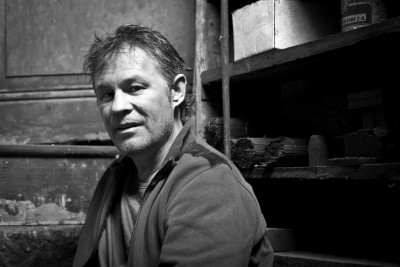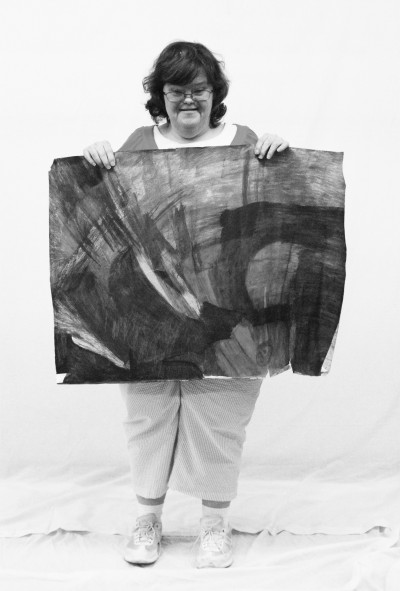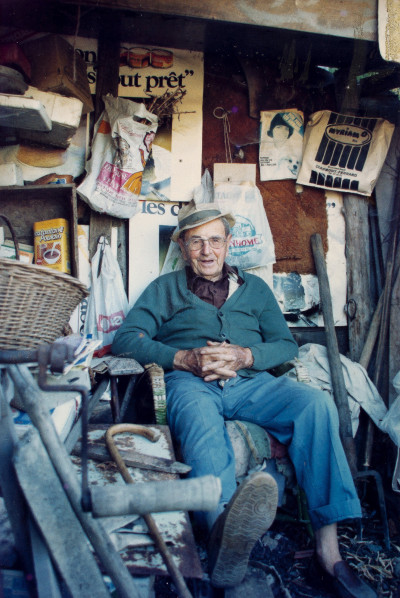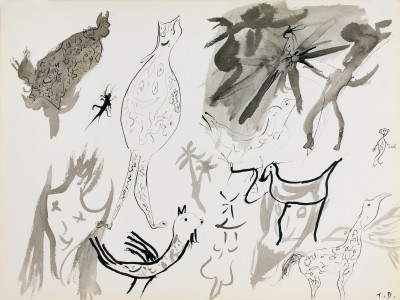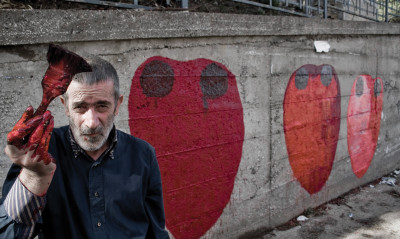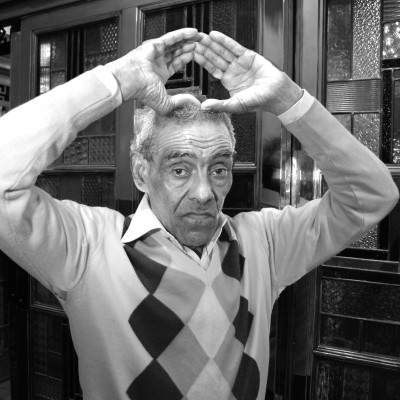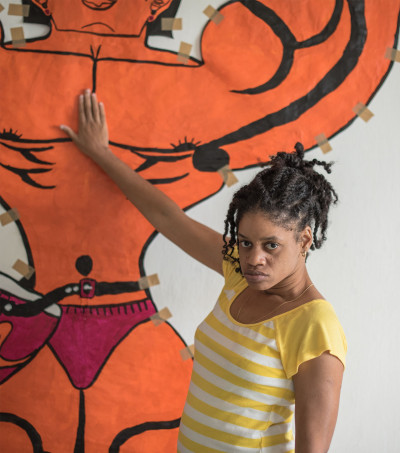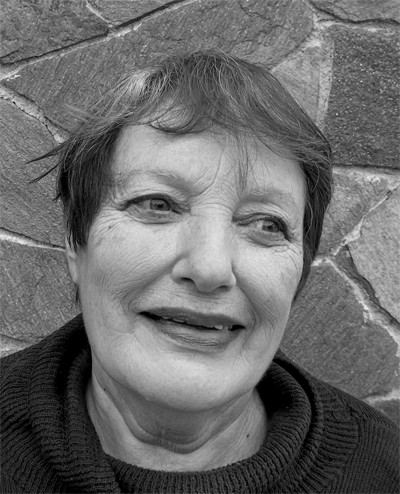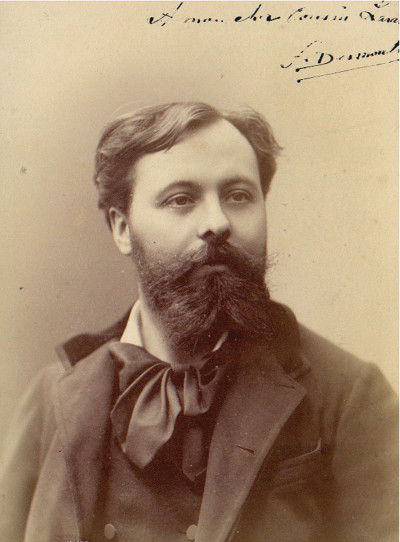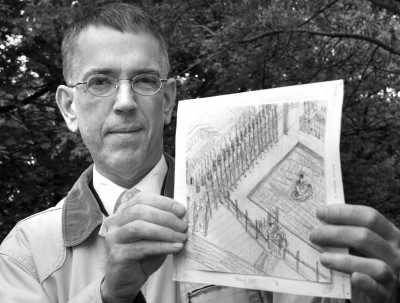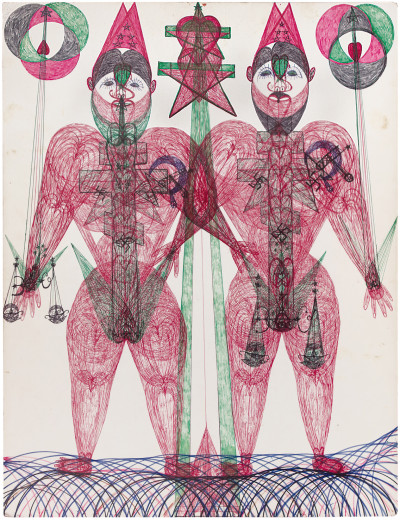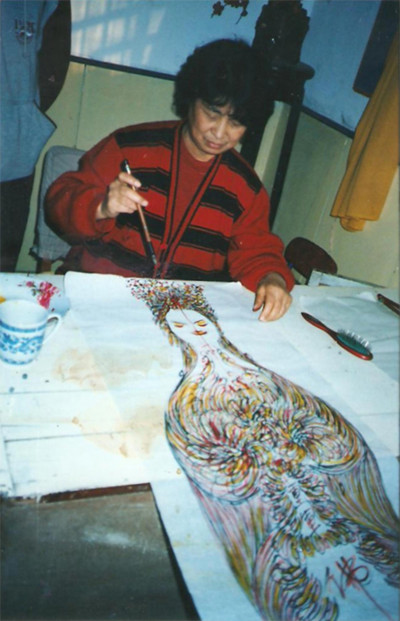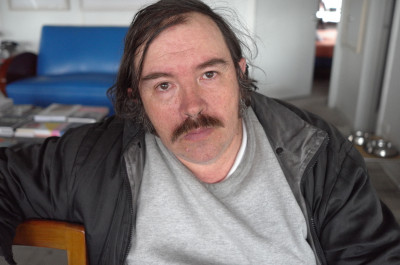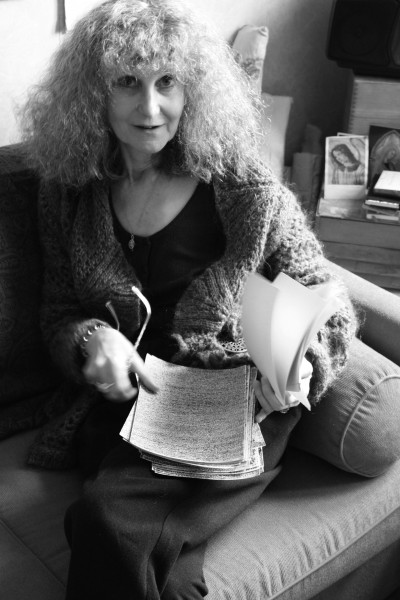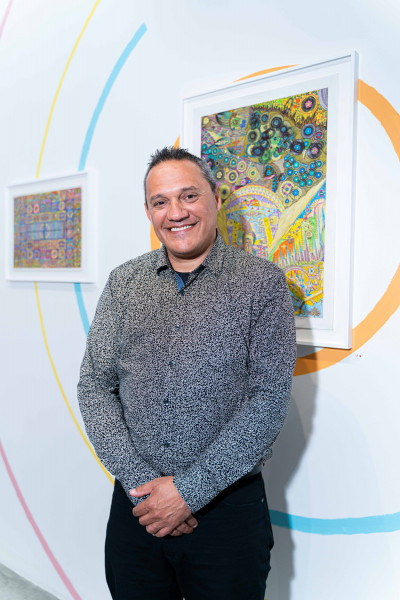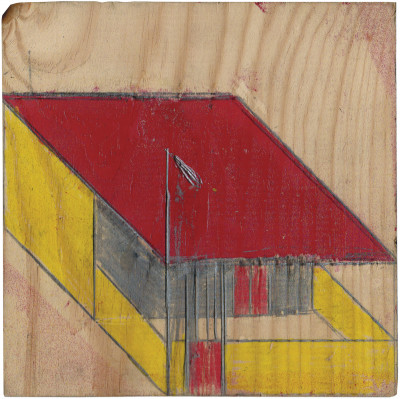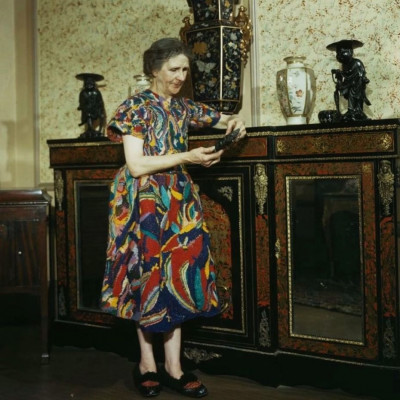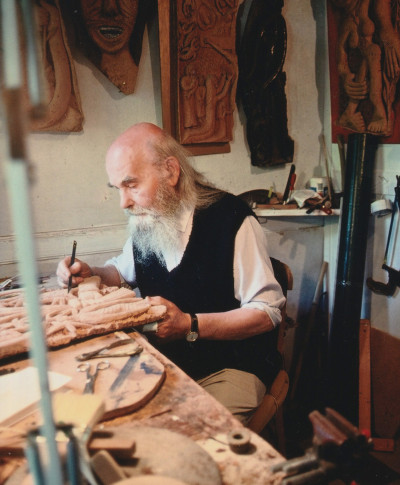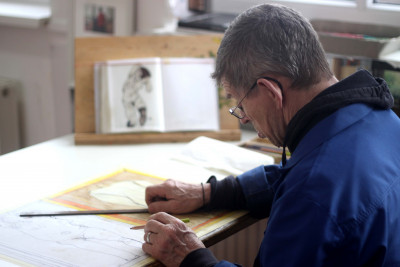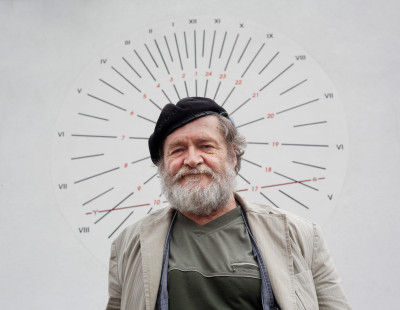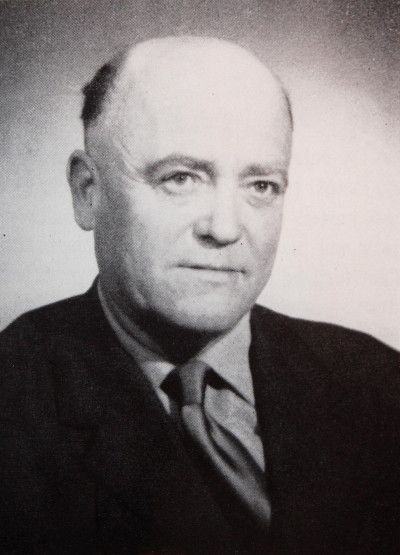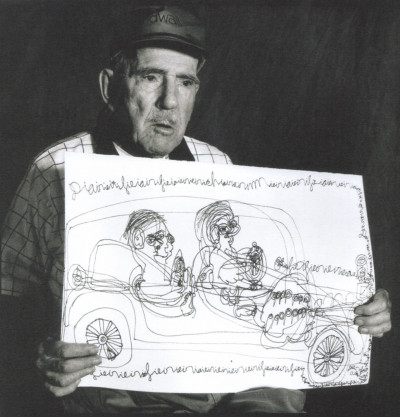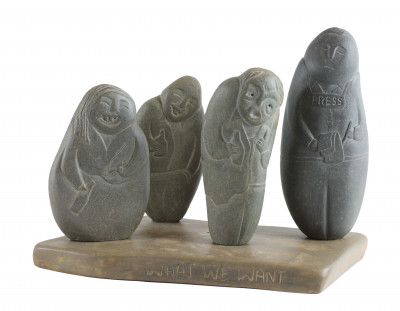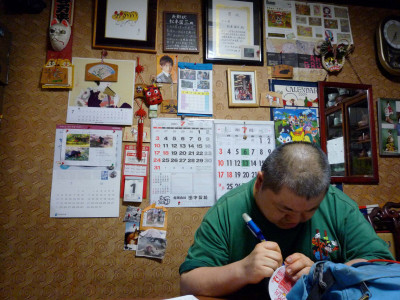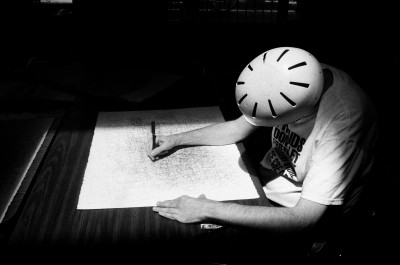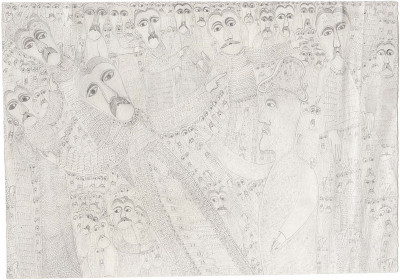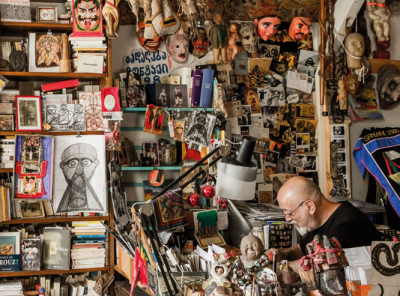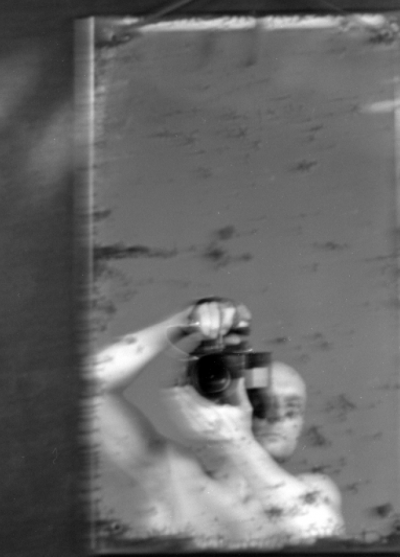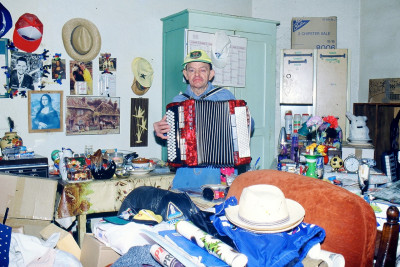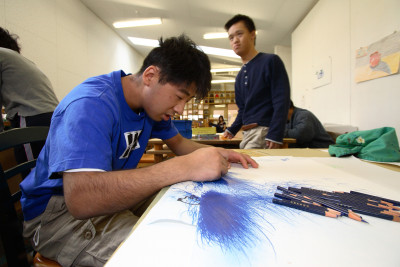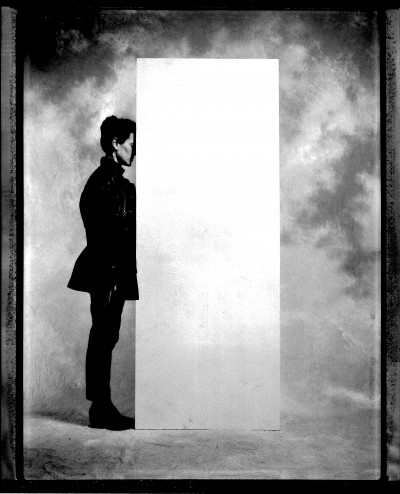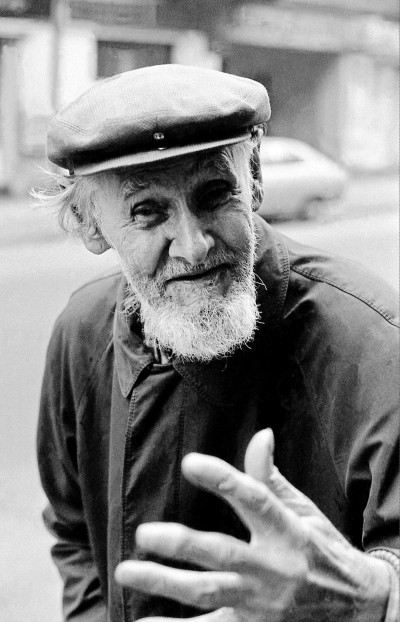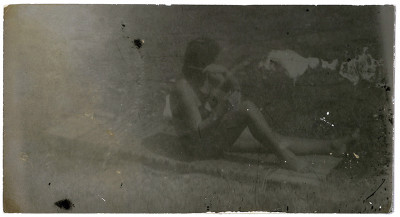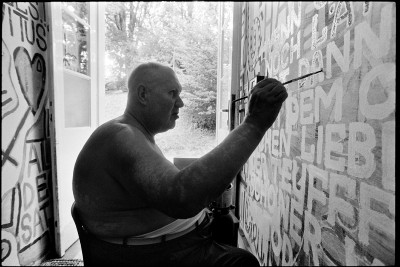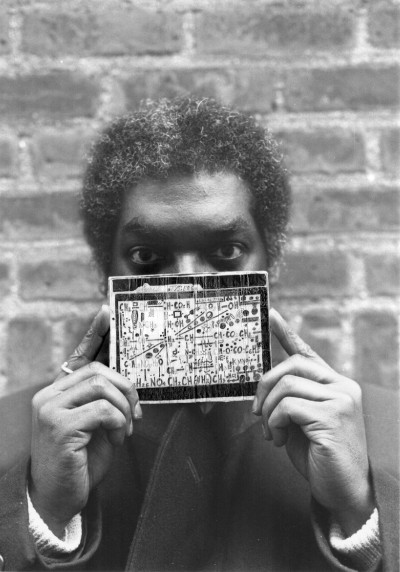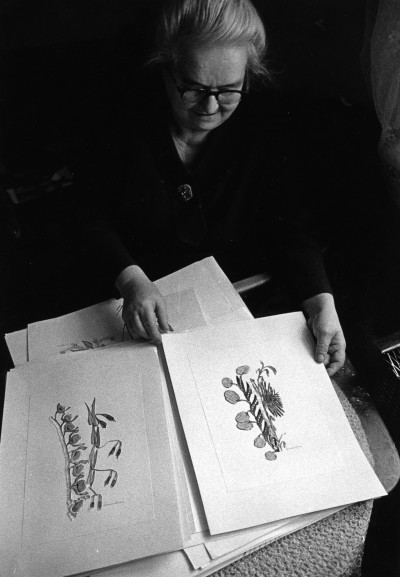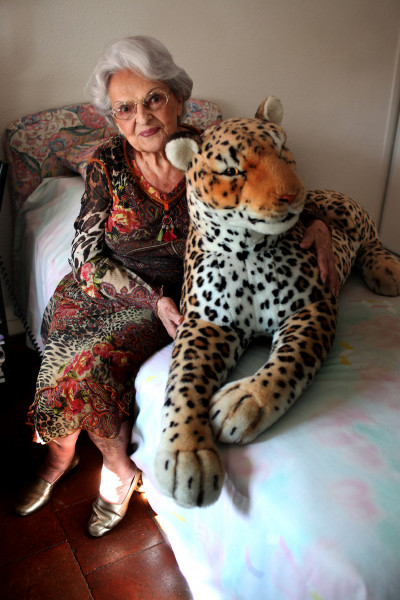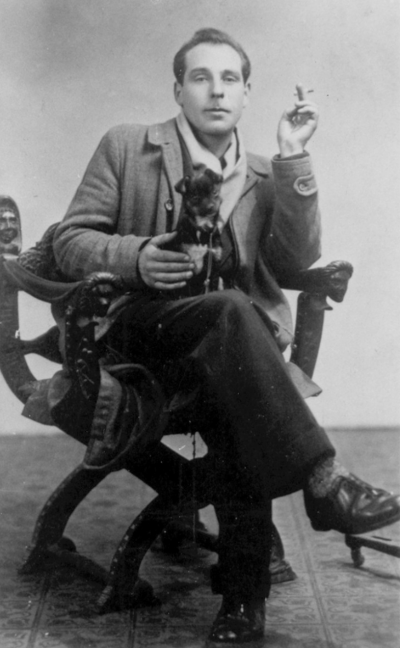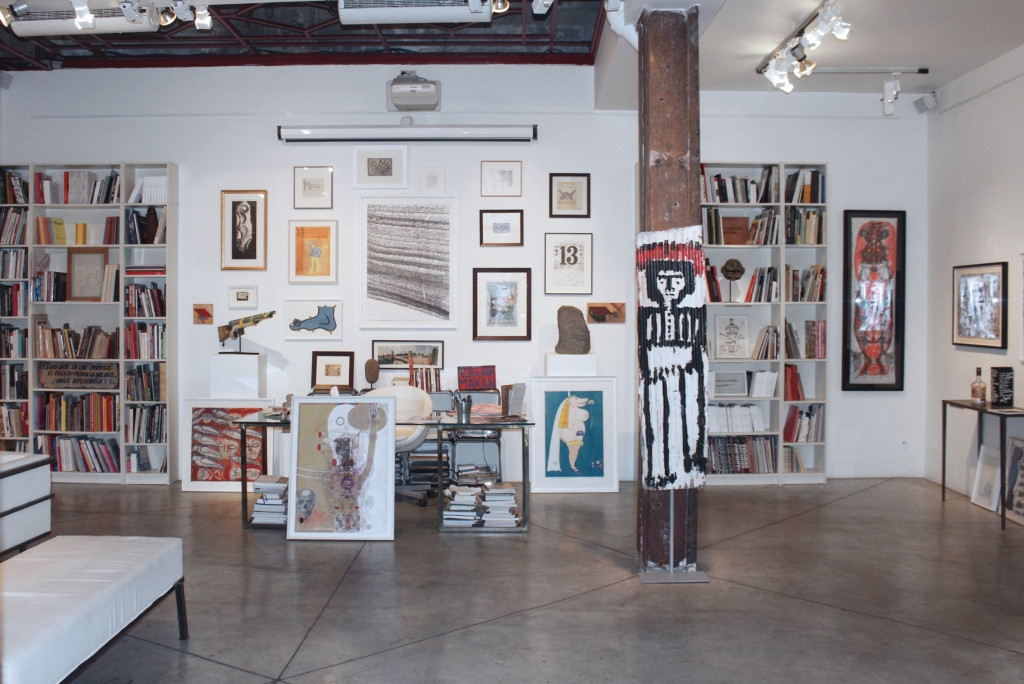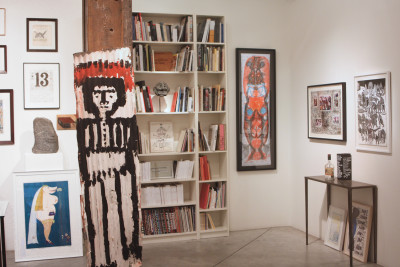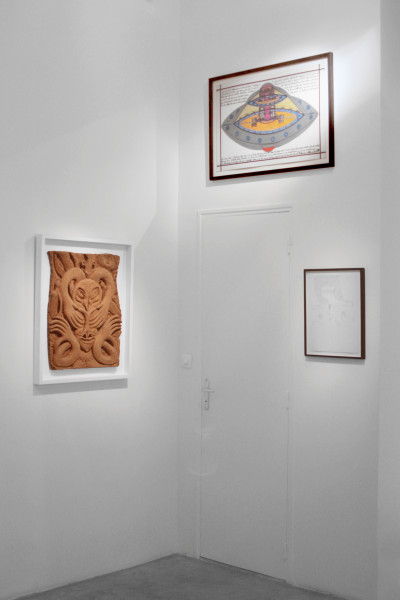PreTENse
Ambroise Vollard, Leo Castelli and Denise René exemplify the way gallery owners can become such legendary figures that they remain forever fixed, like silhouettes or archetypes. With Christian Berst, the first contemporary Art Brut dealer in Paris, this tendency is particularly acute, as he works in an area where biography plays such a problematic role.
In his very nature, the outsider artist is so strongly defined by the circumstances of his life that the layman is quick to reduce his work to it. For some artists, catastrophe struck on the dark night they were conceived; for others, childhood dramas were the site of misdirections; for others still, the stirrings of adulthood and maturity were marked by an equivocal disengagement. Finally, some artists seem perfectly well-adjusted during the day, but invite the monsters of irrationality in at night.
In the best-case scenario, we know nothing about the life of the artist, and can happily explore his works, looking for suggestive clues. In Christian Berst’s case, I have never heard his life story, and I have simply looked for clues as to what drives his passion, his individuality, his centrality to the landscape of contemporary art.
Reconstruction #1: the office
Every gallery owner is a puzzle, and this essential piece is a place only close friends and insiders can enter. Between the fundamentals (a handful of works whose presence is considered vital), new finds, rare objects, the mess on the worktable and the books kept within arm’s reach, the office is an outward projection of the mental world of the gallery owner. Any visit to a gallery should start there ; this is what I offer you, as a way of developing and contrasting what you see in the main exhibition space.
Reconstruction #2: the bookshop
Linking the work we see with what we can’t see, it reveals an abundance of editorial output. Beyond that, it is also the site for displaying contrasting works of art, giving a subtle yet critical conclusion to the current exhibition. It shows, above all, what is at the heart of Christian Berst’s relationship to art: his love of dialogue between different fields of creativity.
This space will be used to exhibit the works of three contemporary artists, whose creations ask us, in different ways, to reconsider our boundaries.
Reconstruction #3: the round table
The organization of round tables, another “area of expertise” of the gallery, is just as useful for shaping the semantic fields that allow us to understand the place of outsider art within the wider field of contemporary art, as it is for announcing “openings.” The conference with Christian Boltanski, organized in 2011, was a turning point for the perception of the gallery. For its anniversary, Christian Berst’s office has been transformed into a metaphorical round table, with its space devoted to a contemporary installation of Annette Messager’s works, which echo his own preoccupations.
